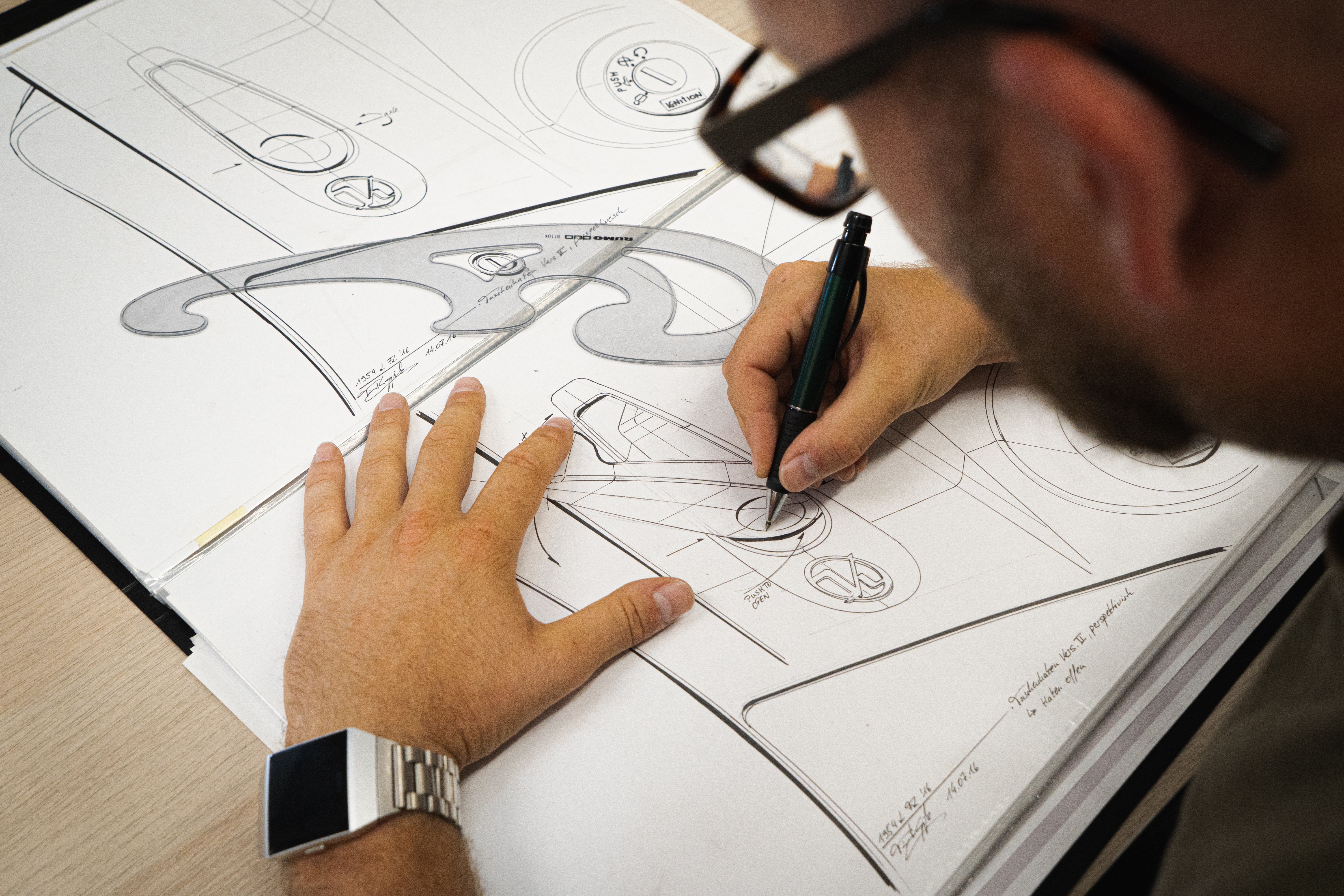Anchored Differentiation: The Role of Temporal Distance in the Comparison and Evaluation of New Product Designs
A new design can be compared with its contemporaries or older designs. In this study, we argue that the temporal distance between the new design and its comparison play an important role in understanding how a new design’s similarity with other designs contributes to its valuation. Construing the value of designs as a combination of their informational value and their expressive value, we propose the “anchored differentiation” hypothesis. Specifically, we argue that expressive value (which is enhanced by how much the new design appears different from others) is emphasized more than informational value (which is enhanced by how much the new design appears similar to others) compared with contemporary designs. Informational value, however, is emphasized more than expressive value when compared against designs from the past. Therefore, both difference from other contemporary designs (contemporary differentiation) and similarity to other past designs (past anchoring) help increase the value of a new design. We find consistent evidence for our theory across both a field study and an experimental study. Furthermore, we show that this is because temporal distance changes the relative emphasis on expressive and informational values. We discuss our contribution to the growing literature on optimal distinctiveness and design innovation by offering a dynamic perspective that helps resolve the tension between similarities and differences in evaluating new designs.











